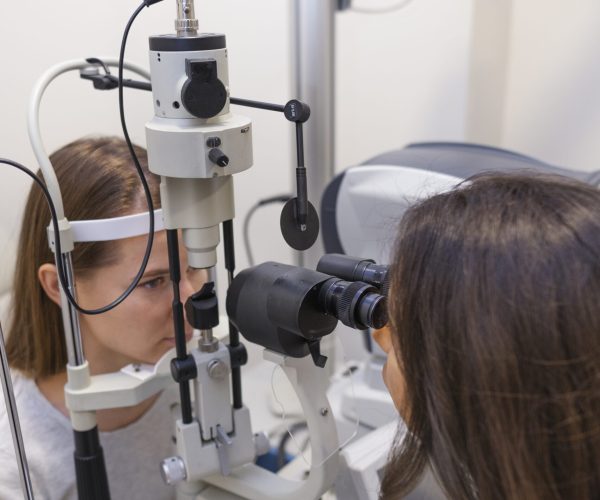CATARACT
Cataract from the point of view of Ayurveda
A cataract is a clouding of the eye’s lens. It starts when the proteins in the eye clump together and prevent the lens from sending clear images to the retina. The retina works by converting light that comes through the lens into signals, that are sent to the optic nerve, which then transports them to the brain. Cataract develops slowly and eventually interferes with vision. They can occur in both eyes, but they usually do not occur at the same time. Mostly, cataracts are common in older people. Causes of cataracts include smoking, ultraviolet radiation, the long-term use of steroids and other medications, diabetes, trauma, radiation therapy. There are different types of cataracts. They’re classified based on where and how they develop in your eye: Nuclear cataracts form in the middle of the lens and turn yellow or brown. Cortical cataracts are wedge-shaped and form around the edges of the nucleus. Posterior capsular cataracts form faster than the other two types and affect the back of the lens. Congenital cataracts are sometimes caused by a faulty gene being passed to a child from their parent, and they are present from birth. Secondary cataracts are caused by disease or medications. Glaucoma and diabetes are two diseases associated with the development of cataracts. Steroid prednisone and other medications can sometimes cause cataracts. Traumatic cataracts form after an eye injury. Radiation cataracts can form after a cancer patient receives radiation treatment. In Ayurveda, cataracts are known as Linga Nasha or Timira. Ayurveda says that cataracts form as a result of aggravated Vata dosha in the body. When the doshas are out of balance, it may cause visual abnormalities and, eventually, loss of vision.
HOW AYURVEDIC DOCTORS TREAT CATARACT
The main goal of Ayurvedic cataract treatment is to reduce the dominant dosha to normalize blood flow and strengthen the nerves and tissues inside the eye.
There are various herbal treatments of cataracts in Ayurveda, such as Maha triphala ghritais, commonly prescribed to provide nourishment and improve vision.
Triphala choorna, Chandrodaya vartiis are external treatments used in Ayurveda, used as application. They are slightly irritating, and cause tears to promote blood circulation.
- Ayurvedic doctors also use these procedures to treat cataract:
- Raktamokshana — surgical removing blood from the body
- Seka — warm medicinal compress
- Nasya — nasal infusion
- Aschyotan — medication in the eye
- Lepa Kriyakalpa — medical application over the eye


Tips for effective Ayurvedic treatment of Cataract:
- Include fruits, butter, milk, wheat and ghee in your diet
- Avoid spicy, bitter, acidic and salty foods
- Minimize excessive heat and sun exposure
- Avoid direct contact with toxic chemicals, X-rays, and infrared rays
- Stop smoking
Book your Doctor
Welcome to Alveda, your destination for comprehensive disease treatment. Our expert physicians provide personalized care for various conditions. Booking your doctor is easy and quick, ensuring prompt access to tailored healthcare. Experience the synergy of innovation and empathy at Alveda – start your journey to wellness today with a simple click.

Meet the Ayurvedic Experts

- 5.0
Dr Sujal Torgal Patil
- EXP : 12 Years
– Bachelor of Ayurvedic Medicine & Surgery – Post graduate

- 5.0
Dr. HARSHA JOY
- EXP : 5 Years
Dr. Harsha Joy is a bona fide Ayurvedic Doctor presently

- 5.0
Dr. Sandeep Madaan
- EXP : 18 Years
I am Medicine Doctor (M.D.) Ayurveda, Chief Ayurveda Consultant, Aastha

- 5.0
Dr. Amol Patil
- EXP : 15 Years
Clinical experience : 15 Years Teaching experience : 15 years

